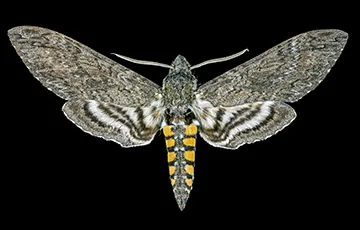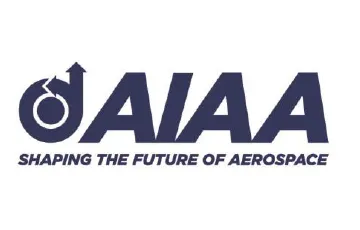We offer a unique educational research program in integrated flight sciences and control, building the next generation of high performance airplanes.
An airplane system includes materials and structures, aerodynamics and control. We bring expertise in all of these areas, more specifically in composite materials, flexible structures, load alleviation, hypersonics, autonomy, flight dynamics and control, computational aerodynamics, and aerospace propulsion. This unique program is designed to cross disciplinary boundaries in addressing technology advancements for next generation airplane systems.
A&A graduate students specializing in the Integrated Flight Sciences and Control degree option will understand the design of the entire flight system to manage the integration of the latest technological advances in the aerospace industry. Students will explore hands-on testing and development of various flight system components and software and collaborate with world-class leaders in the aerospace industry of Washington state.


Key research areas
- Automatic and autonomous control
- Aeroelasticity
- Aircraft design
- Bio-inspired flight
- Composite materials
- Computational fluid mechanics
- Control, guidance, estimation
- Data-guided design and autonomy
- Electric & hybrid-electric aircraft
- Fatigue, vibration and impact
- Flight operations
- Fluids and turbulent flow
- Metamaterials
- Solid mechanics
- Structural analysis and dynamics
- Unmanned aerial systems
Curriculum
- Incompressible Fluid Mechanics
- Applied Aerodynamics
- Intro to Structural Optimization
- Aeroeslasticity
- Vibrations of Aerospace Systems
- Stabiity and Control of Flight Vehicles
- Linear Systems Theory
- Linear Multivariable Control
- Math Foundations of Systems Theory
- Intro to Probability & Random Processes
- Methods for Partial Differential Equations
Research highlights

In collaboration with Boeing, A&A is advancing our understanding of separated turbulent flows to increase design reliability at the edges of the flight.

A&A is working with Boeing, Stanford and the University of Michigan on a low sonic boom design of the NASA X-59 QueSST.

A&A is developing techniques to enhance the structural complexity of composite materials to deliver added strength and flexibility of uses.

A&A excels in aeroservoelastic testing and novel control technology development with an array of wind tunnels, including the Kirsten Wind Tunnel with gust generation.

A&A’s 3X3 wind tunnel is a test bed for airplane design and control, featuring an aft turbine, a closed test section, open return and various mounting configurations.

Not only does A&A conduct research in four wind tunnels, but aeroservoelastic testing is also conducted in the UW Harris Hydraulics Lab’s water flume.



